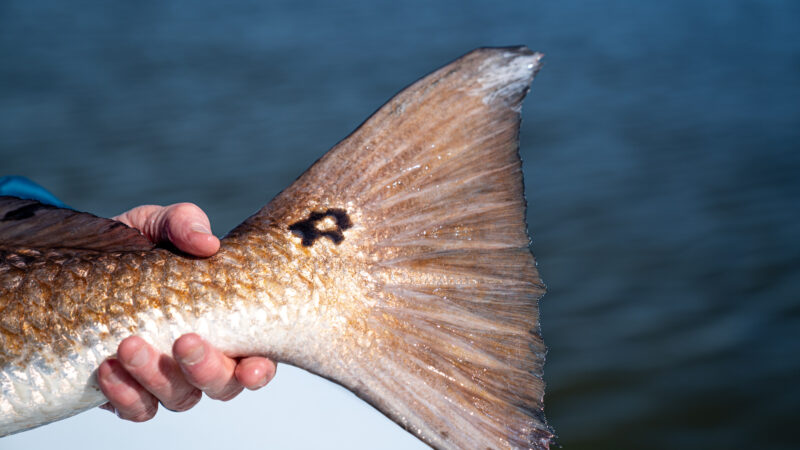Endangered Sawfish Are Dying in the Florida Keys and Scientists Aren’t Sure Why
Another sawfish was found dead in the lower Florida Keys Friday, heightening concerns around an ongoing outbreak of sick and dying fish in the area. Florida wildlife officials are working with biologists, researchers, and volunteers to collect samples from the affected fish and investigate what’s sickening fish, which they now believe is some sort of toxin.
A spokesperson with the Florida Fish and Wildlife Conservation Commission confirmed in an emailed statement to Outdoor Life that the agency has recorded 16 smalltooth sawfish deaths since late January. This is in addition to the dozens of other sick sawfish that have been found, and it’s part of a larger trend the agency has been tracking over the last two months.
Although the outbreak has affected other fish species including tarpon, snook, redfish, and sharks, fisheries managers are especially worried about the loss of smalltooth sawfish, an endangered species native to southern Florida. And it’s likely that more dead sawfish have gone unreported.
“There are five species of sawfish in the world. That’s it. And they’re all listed as endangered or critically endangered,” Florida State University ecologist Dean Grubbs told WLRN News. “So, an occurrence like this, where all of a sudden quite a few large animals are dying inexplicably, is of great concern.”
To Grubbs’ point, most of the sawfish that have been found dead were adult fish weighing more than 500 pounds, according to FWC research scientist Tom Matthews, who called the outbreak “a major sawfish event.” Matthews said this high mortality rate is unprecedented, and that the state typically records four to five dead sawfish a year.
Local fishing guides and anglers started noticing unusual fish behavior in the lower Keys sometime in November, and they reported these sightings to the Lower Keys Guides Association and the Bonefish and Tarpon Trust. This included fish spinning, swimming in circles, and struggling to stay upright, with most sightings taking place at night between Bahia Honda and Sugarloaf Key.
In a press release, BTT says this behavior is known colloquially as “the spins,” and it’s been seen in at least 25 fish species over the last few months. This led BTT and the LKGA to launch an inter-agency research study on Jan. 11, and the groups partnered with FWC, along with Florida International University, the University of South Alabama, and other institutions to try and determine the cause of the outbreak. A little less than three weeks later, on Jan. 30, the first of many dead sawfish was found in the lower Keys.
Read Next: Nearly a Million Dead Fish Wash Up on Louisiana Coast, Commercial Fishing Boats to Blame
Initial samples from affected fish showed no viruses, parasites, or organ abnormalities, according to BTT. Investigators also ruled out red tide, low oxygen levels, and common contaminants, which have all caused other fish kills in the past. Scientists now believe the source of the outbreak is some sort of toxin in the water. They initially focused on ciguatera, which is produced by a marine microalga, or microscopic algae, but further testing revealed multiple toxins in the samples.
Although he says it’s too soon to draw any definitive connections, Matthews told WLRN that summer heat waves can kill large amounts of coral, which can then trigger the release of various toxins, including ciguatera. The Florida Keys experienced one of these heatwaves in July, with water temperatures reaching a record-setting 101 degrees in some locations. One weather scientist who spoke with the New York Times compared these temps to “hot tub” levels.
FWC confirmed in the emailed statement that the cause of the outbreak remains unknown. As investigators work to identify it, LKGA and BTT have continued to assist with sample collections and fish observations in the lower Keys. The groups are still receiving reports of whirling fish, and they’re asking people to continue reporting unusual fish behavior when they see it. FWC encourages these reports as well, and the agency has established a Sawfish Hotline for the public to report sick, injured, or dead sawfish.
The post Endangered Sawfish Are Dying in the Florida Keys and Scientists Aren’t Sure Why appeared first on Outdoor Life.
Source: https://www.outdoorlife.com/fishing/florida-sawfish-dying-scientists-investigating/





